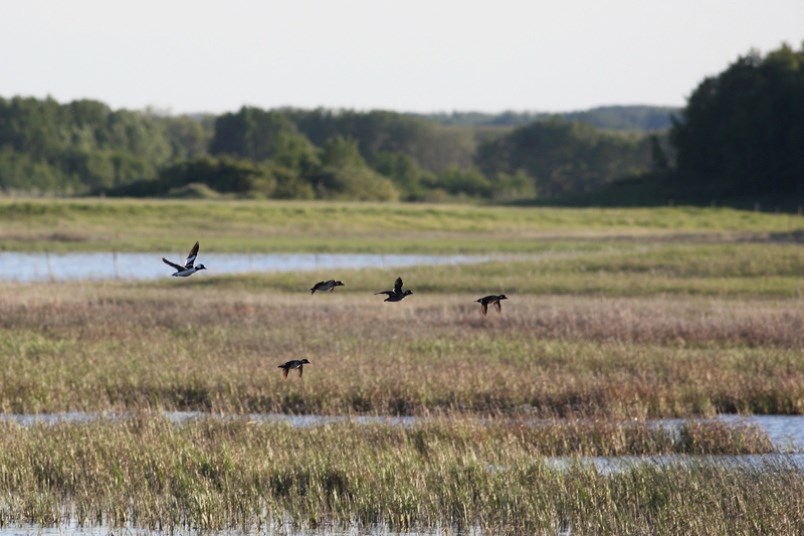YORKTON - World Wetlands Day is marked Feb. 2, each year, and while it might go as largely unheard of by many, it deserves to have its stature increased given the importance of wetlands.
The day itself “marks the adoption of the Convention of Wetlands, which took place in 1971 in the Iranian city of Ramsar,” explained a recent Ducks Unlimited release. “It’s a treaty negotiated by countries and non-governmental organizations that provides the framework for the conservation and wise use of wetlands. Canada is one of the treaty’s contracting parties and currently has 37 sites designated as Wetlands of International Importance (Ramsar sites).”
Locally, in Yorkton, and across the province we have a rather clear indication of what wetlands can mean.
It is easily within recent memory when the streets of this city and other communities in the province were under flood waters which did millions of dollars’ worth of damage.
The twin floods locally sent this city into a process of studying water flows and digging holding ponds in hopes of mitigating some of the impact the next time a flood occurs. Wetlands, the sloughs and potholes that exist naturally on the landscape are essentially natural flood water holding ponds.
Of course farmers would rather plant those acres than drive around them as sloughs, so many have been drained and lost. With each lost pothole and slough more water heads somewhere else, often meaning at some point the gathered water begins to erode soil, washout culverts and flood roads and yards.
Conversely, wetlands are also important when we see drought conditions, which of course happened in 2021. A slough can become emergency water for livestock when needed.
Of course once a slough or pothole is trenched, drained and graded to grow crop it’s gone.
It would be easy to point a finger at farmers for draining wetlands, but with profit margins always tight seeding every acre is important.
The bigger question is always how to entice farmers to not drain wetlands because of their value for holding water, and maintaining wildlife habitat, and of course the answer is money. Selling canola from acres where a slough once was means dollars to a farmer. If the slough had a return either from tax breaks, or some sort of payment it would at least help them entertain not draining them.
As it is Canada is still home to a lot of wetlands.
“Canada is home to 25 per cent of the world’s remaining wetlands, which is a tremendous gift and also a tremendous responsibility,” says Larry Kaumeyer, chief executive officer for DUC in their release. “These incredible ecosystems provide the environmental solutions Canadians need. Wetlands are important natural tools that combat floods, droughts and other extreme weather events—and we’re proud to be the preeminent conservation organization that’s delivering these solutions in communities across the country.”
But, the DU release has a warning too.
“Despite these successes, there is still much work to do. Canada is far from receiving top marks when it comes to making good on its commitments to wetlands. For all the acres that have been conserved, even more are 小蓝视频 lost. It’s estimated that up to 70 per cent of wetlands have been lost in southern areas of Canada—and up to 95 per cent in Canada’s most densely populated areas. In addition, Canada is one of the few developed nations that doesn’t have a comprehensive national wetland inventory and monitoring system. This is a critical aspect of conservation planning that’s needed to inform conservation action,” it states.
Wetlands are clearly important and we – society as a whole – need to do a better job preserving them.




